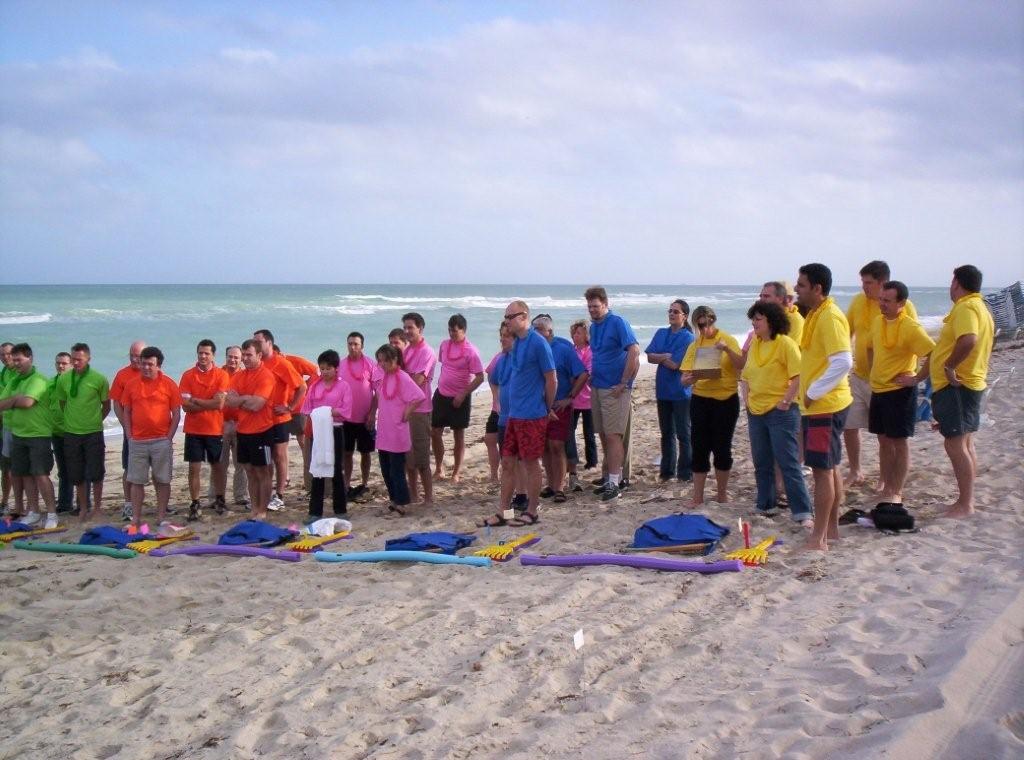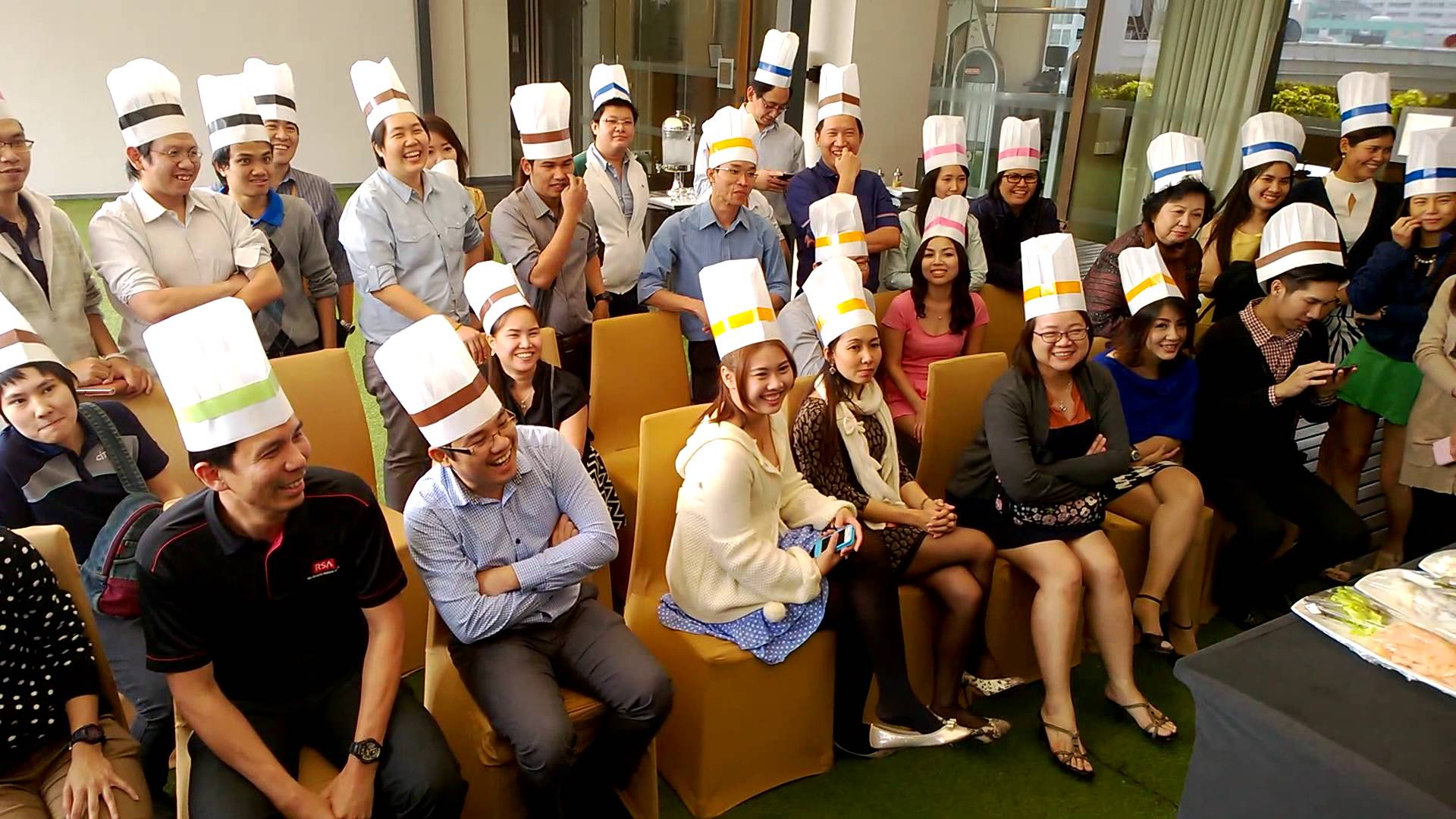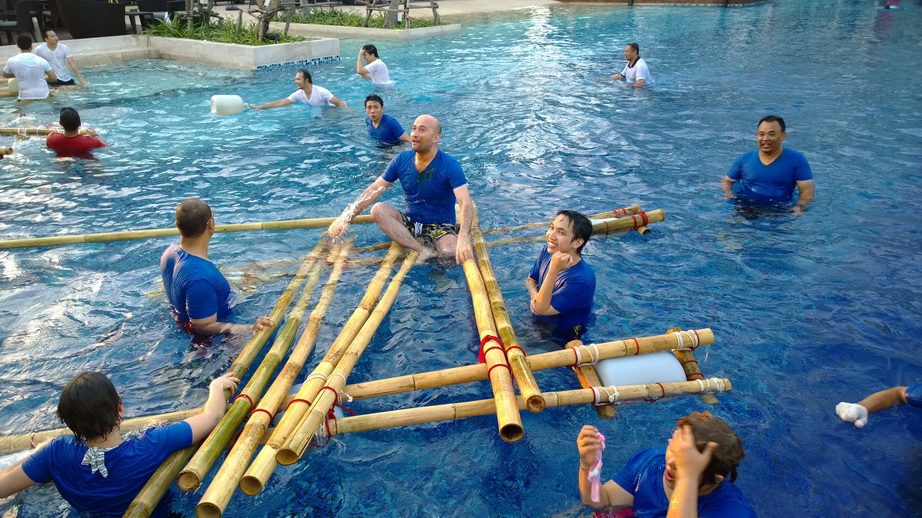







People in every workplace talk about “building the team”, “working as a team”, and “my team”, but few understand how to create the experience of teamwork or how to develop an effective team. Belonging to a team, in the broadest sense, is a result of feeling part of something larger than yourself. It has a lot to do with your understanding of the mission or objectives of your organisation. You work with fellow members of the organisation to produce these results. Even though you have a specific job function and you belong to a specific department, you are unified with other organisation members to accomplish the overall objectives. The bigger picture drives your actions; your function exists to serve the bigger picture. In a team-oriented environment, each member contributes to the overall success of the organisation.
You need to differentiate this overall sense of teamwork from the task of developing an effective intact team that is formed to accomplish a specific goal. People confuse the two team building objectives, and this is why so many team building seminars, meetings, retreats and activities are deemed failures by their participants. Leaders failed to define the team they wanted to build. Developing an overall sense of teamwork is different from building an effective, focused work team when you consider team-building approaches.
Executives, managers and organisation staff members universally explore ways to improve business results and profitability. Many view team-based, horizontal, organisation structures as the best design for involving all employees in creating business success. No matter what you call your team-based improvement effort: continuous improvement, total quality, lean manufacturing or self-directed work teams, you are striving to improve results for customers. Few organisations, however, are totally pleased with the results their team improvement efforts produce.
If your team improvement efforts are not living up to your expectations, this self-diagnosing checklist may tell you why. Successful team building, that creates effective, focused work teams, requires attention to each of the following.
Twelve Cs for Team Building
Clear Expectations:
Has executive leadership clearly communicated its expectations for the team's performance and expected outcomes? Do team members understand why the team was created? Is the organisation demonstrating constancy of purpose in supporting the team with resources of people, time and money?
Context:
Do team members understand why they are participating on the team? Do they understand how the strategy of using teams will help the organisation attain its communicated business goals? Can team members define their team's importance to the accomplishment of corporate goals?
Commitment:
Do team members want to participate on the team? Do team members feel the team mission is important? Are members committed to accomplishing the team mission and expected outcomes? Do team members perceive their service as valuable to the organisation and to their own careers?
Competence:
Does the team feel that it has the appropriate people participating? (As an example, in a process improvement, is each step of the process represented on the team?) Does the team feel that its members have the knowledge, skill and capability to address the issues for which the team was formed? If not, does the team have access to the help it needs?
Charter:
Has the team taken its assigned area of responsibility and designed its own mission, vision, and strategies to accomplish the mission. Has the team defined and communicated its goals; its anticipated outcomes and contributions; its timelines; and how it will measure both the outcomes of its work and the process the team followed to accomplish their task?
Control:
Does the team have enough freedom and empowerment to feel the ownership necessary to accomplish its charter? At the same time, do team members clearly understand their boundaries? How far may members go in pursuit of solutions?
Collaboration:
Do members understand the stages of group development? Are team members working together effectively interpersonally? Do all team members understand the roles and responsibilities of team members? team leaders? team recorders? Do team members cooperate to accomplish the team charter?
Creativity:
Is the organisation really interested in change? Does it value creative thinking, unique solutions, and new ideas? Does it reward people who take reasonable risks to make improvements? Or does it reward the people who fit in and maintain the status quo?
Consequences:
Do team members feel responsible and accountable for team achievements? Are rewards and recognition supplied when teams are successful? Is reasonable risk respected and encouraged in the organisation? Do team members fear reprisal? Do team members spend their time finger pointing rather than resolving problems?
Coordination:
Are teams coordinated by a central leadership team that assists the groups to obtain what they need for success? Have priorities and resource allocation been planned across departments? Do teams understand the concept of the internal customer — the next process, anyone to whom they provide a product or a service?
Cultural Change:
Does the organisation recognise that the team-based, collaborative, empowering, enabling organisational culture of the future is different than the traditional, hierarchical organisation it may currently be? Is the organisation planning to or in the process of changing how it rewards, recognizes, appraises, hires, develops, plans with, motivates and manages the people it employs?
Read the full article here:
Click Here
By Susan M. Heathfield, Human Resources Expert